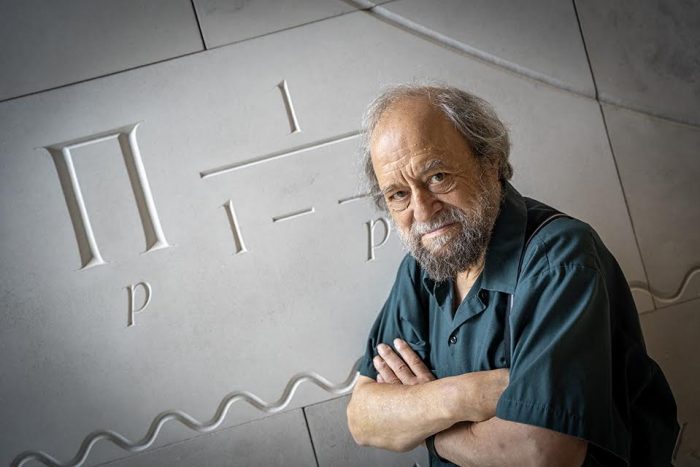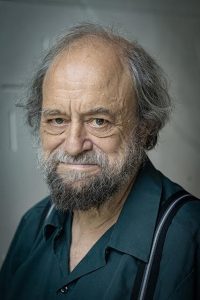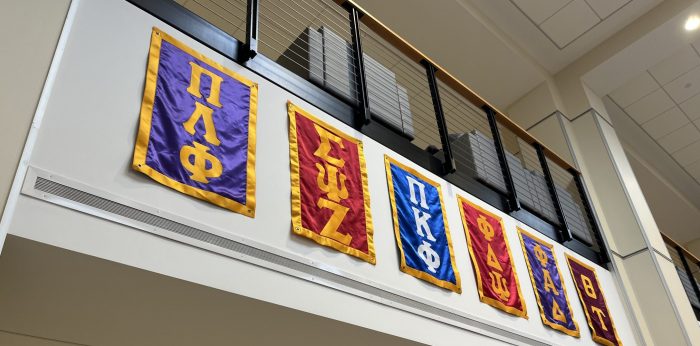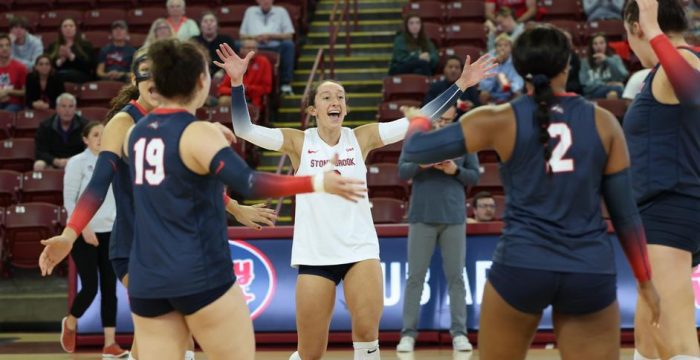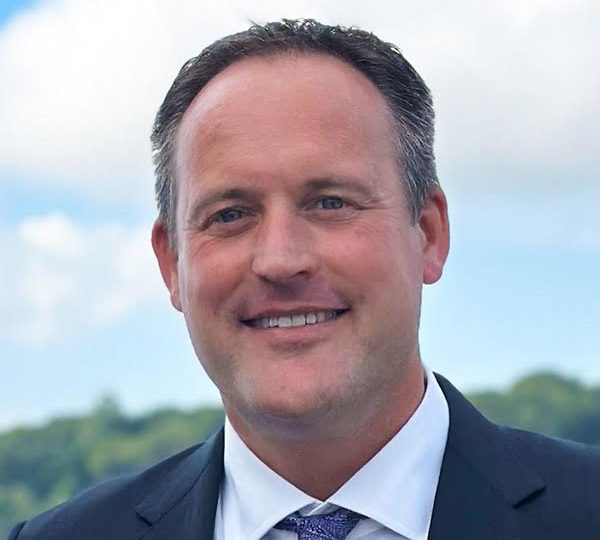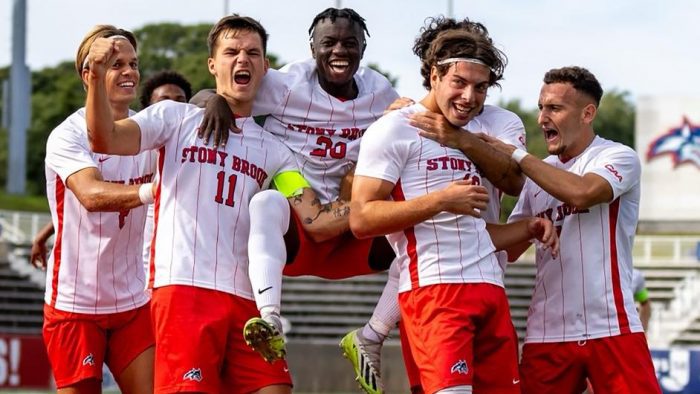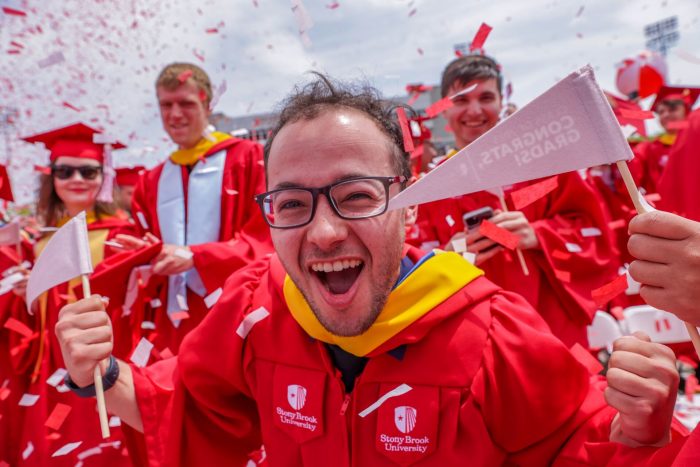By Tara Mae
As Columbus Day weekend draws near, many look forward to the annual Long Island Fall Festival at beautiful Heckscher Park in Huntington. Presented by the Huntington Township Chamber of Commerce, the four day event, from Oct. 6 to 9, will feature carnival rides, an international food court, music, over 300 vendors, and much more.
One of the highlights of this year’s festival is a multimedia art installation titled Illuminations 2023: The Many Faces of Home.
If home is where the heart is, then leaving one home for another is perhaps a sort of heart transplant. A fresh lease on life: wistful and wondrous. On Oct. 7 and 8, from 7 to 8 p.m., the digital art show will spotlight the physical and emotional journeys immigrants undertake as they settle in foreign places and seek to make them familiar.
Featuring the work by Stony Brook University adjunct art professor and digital artist Han Qin as well as other international artists, this digital art show features three intricately connected yet distinctive works, which will be projected onto the facade of an artistic hearth: the Heckscher Museum of Art located in Heckscher Park.
“It feels like the perfect space for such an event,” said Heather Arnet, Executive Director of the Heckscher Museum.
My New Home, by Qin, depicts and celebrates the immigration experience through a 3D image projection showing portraits of diverse community members who immigrated to Huntington and made it home.
Journey Home, also by Qin, is an animated film projection. In ocean hues, it spotlights a school of fish that transforms into groups of people swimming to their new island home.
The Grand Finale is a collaborative collection of engaging animation by six different international artists: Blake Carrington, Koi Ren, Yehwan Song, Silent Desautels, Shuyi Li, and Colton Arnold.
The show is choreographed to original music composed by Professor Margaret Schedel, co-director of Stony Brook University’s Computer Music Program. “Margaret’s music…has dark energy that transforms into immense joy,” Illuminations co-curator Chiarina Chen said.
Shown consecutively, the elements of Illuminations likewise take patrons on a sojourn of the soul: from pensive introspection to audacious hope. The show immerses its audience in artistic excavation of existential inquiries.
These questions were initially posited by Qin as part of her continuous exploration of, and meditation on, the identity quandaries immigrants may endure as they transition from their homeland to the precarious promise of a settled future.
“My digital art piece works with the community of immigrants who speak different languages on Long Island. Its purpose is to show this group of marginalized immigrants — who they are looking to become or who their kids are looking to become, who holds the community together…this is a self-help project to figure out who those immigrants become,” Qin said.
Such an investigation is personal for Qin who, during lockdown, began examining feeling adrift in her own immigrant identity: not quite of China, her nation of birth, nor the United States, her country of choice.
“I was looking for a way to find people who know who they are,” Qin added. She got involved with different organizations that focused on the immigrant experiences of adolescents and adults. The relationships she formed through these endeavors answered questions her art was striving to ask.
With a New York State Council of the Arts (NYSCA) grant processed through the Patchogue Arts Council, she was able to develop her artistic thesis from a intuitive theory into an expansive experience.
As Qin crafted personal connections that revealed uncovered communal correlations, she utilized her professional network to recruit colleagues in curating and creating the third segment of Illuminations.
“We invited six very interesting, talented international artists of various backgrounds. We have six parts in that: traversing memories, dreams, identities that are searching for belonging-cohesive with unique parts…digital art can be a public art form that brings people together, a sort of enchantment,” Chen said. “When connected stories are projected on the building, it becomes another level of togetherness.”
Schedel’s music both belies and enhances the union. She composed six segments of music. Each has its own tempo and mini theme that nonetheless coalesces into a cohesive whole. Included in the piece are interviews with community leaders as well as water sounds; many people interviewed mentioned water as part of their immigration experience.
“It is a piece of music I composed to go along with the timeline that Han and I developed together, thinking of structure, movement, and emotion,” Schedel said.
In its entirety, Illuminations is a medley of form, motion, and feeling. At its essence, the art is an overture of communal acceptance and understanding.
“Illuminations celebrates immigrants, their influence on our community, and why they chose Long Island…It [seems] like a wonderful opportunity for the museum,” Arnet said.
This is the Hecksher Museum’s first exhibition specifically designed for the Long Island Fall Festival, although the concept of home is one that is currently studied in its Raise the Roof exhibit, which is a study of the spaces people inhabit.
Arnet approached Qin, who has pieces in the museum’s permanent collection, about doing a digital art projection on the front of the building. Qin was already in the process of developing My New Home and Journey Home. Illuminations was born of those discussions.
“What is exciting is that we are trying something new, which always involves risk. This is innovative, we are trying out the unknown, none of us quite know what it will be like…I am very interested in moving beyond four walls, engaging community in unique ways,” Arnet said.
Illuminations 2023: The Many Faces of Home at the Heckscher Museum of Art, 2 Prime Ave., Huntington is free to the public. For more information, call 631-380-3230 or visit www.heckscher.org




